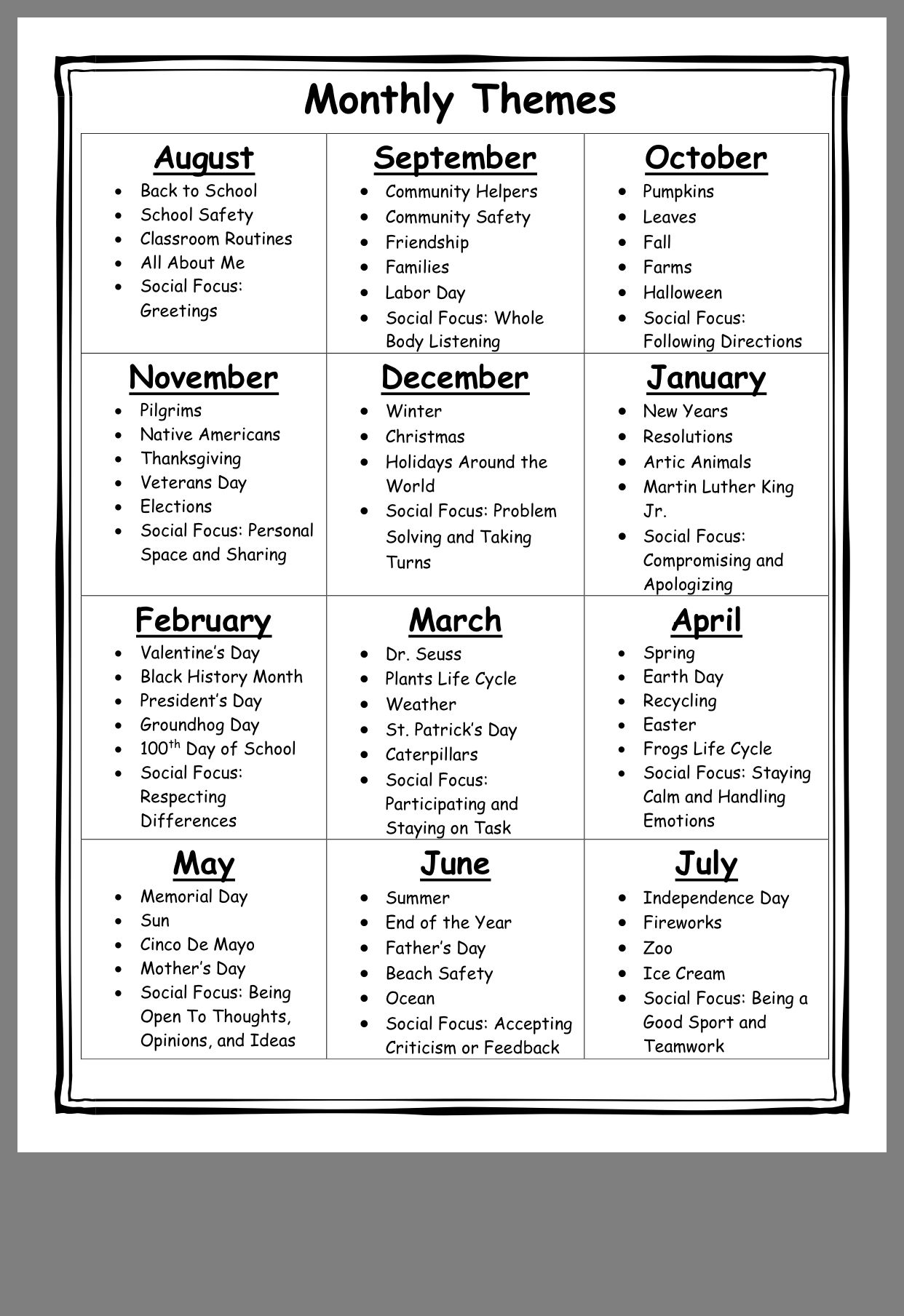Discuss the questions in the Pre Read Assignment.
You might realize that a child's concentration was interrupted or decide that Grace and Courtesy lessons would help create more peace in the community.
Observing on a regular basis can be very validating as you become more conscious of the growth and progress the children are making from week to week.
You may notice quiet, sacred moments you might otherwise have missed, such as one child comforting another, or a child softly singing to the classroom animal.
One of the most gratifying experiences as a Montessori teacher is to be able to witness the peaceful and happy hum of the "children's house" because, as Dr. Montessori put it, "the children are now working as if I did not exist."
Lesson Planning
As we watch and see where a child is going or what he/she is doing, we can learn more about their interests and current abilities. As we get to know them in every sense, we are better equipped to help guide them to meeting their needs. As we watch children in action, we can see not only what they are doing but also what they are not doing. Based on the sensitive periods, we can plan appropriate lessons for our students and children. As well as what Grace and Courtesy activity or lesson to introduce. If a teacher were to observe a student misusing classroom materials or misbehaving, the teacher’s role then would be to redirect the student’s behavior into the correct action

Making sure the environment serves the children
While the guide’s role in a child’s education is important, the environment plays an even bigger role. During an observation of a prepared environment, you can pay attention to and take note of things that might hinder a child’s learning or disrupt the flow of self-learning .
If many children prefer to work on the floor, it will be important to note whether there are enough work rugs for them all to use.
Is the furniture arranged so that it is easy to move from activity to activity? Are things placed where they are easy for a child to reach? Are there enough work mats and work rugs? Do the prepared works have all the necessary components?
Everything in a Montessori environment is placed with a specific purpose in mind. If it doesn’t seem to be serving its purpose, it will need to be removed and maybe reworked or reintroduced at a later date. Or maybe you will find that it isn’t necessary and remove it altogether.

Assessment of skills
Montessori schools do not determine mastery with the use of tests, but rather by utilizing observation. Instead of giving children a piece of paper with questions on it, we watch them in action.
When a child is able to independently place number tiles in random order on a hundred board, we know they have grasped the concept of ordering those numbers.
A child who is able to complete complex patterns within the shape they traced using a metal inset, and who also frequently uses the sandpaper letters correctly is likely ready to learn the written formation of letters using a pencil on a piece of paper.

To Gain Insight into Yourself as a Guide and Facilitator
Sometimes, without knowing, as adults we are a hindrance to our child’s learning and their natural progression. This can happen for a variety of reasons. It happens when we step in to help too often or begin to help without asking our child if they want help. Maybe we are too permissive and allow our child to do whatever he wants instead of creating solid boundaries.
We have to observe not only how we respond to our students but why we do so in certain ways.
Do our children do things that trigger us? What are they? And Why? Are we trying to control the situation? Trying to keep things from getting messy or spilling? Too tired to intervene at all? Do we get upset when the child says, “No!” How do we handle this? And why?
All of these are important questions to ask ourselves and important observations to make about ourselves. More than likely, you will begin to realize that the behavior a child is exhibiting that is upsetting to you is more about you than them.
Record Keeping
Examine why you need it?
Why are you going to keep a record of what the children are doing?
Is it because you are just doing something that you have to report to your administration?
Hopefully you are doing it to help the children. That will help you to keep doing it. If it helps us in our work then we want to do the record keeping.

Ways of record keeping
Daily notes
Find a way to keep track of daily recording of both exercises and your direct observation. You can make a page with all the children’s names on it with a few lines next to their name. You can write the activities and a few notes as well.
Charting
You need some way to look at the whole picture with this data that you collected with your daily notes. Make a simple list for each child that you can check off. Have a chart of all the activities in the environment and of all the children and put a date when you have presented each lesson. You can get complicated with this. You can use color for which month it is or which season - do something you can always do!
Journaling
This is indirect observation and really gives you so much information about the children and about yourself. This is like writing a diary.
What do I do?
How do I journal about these children?
You could sit down once a week and write about the children in your class. If the class size is big, you can do half a class at a time.


